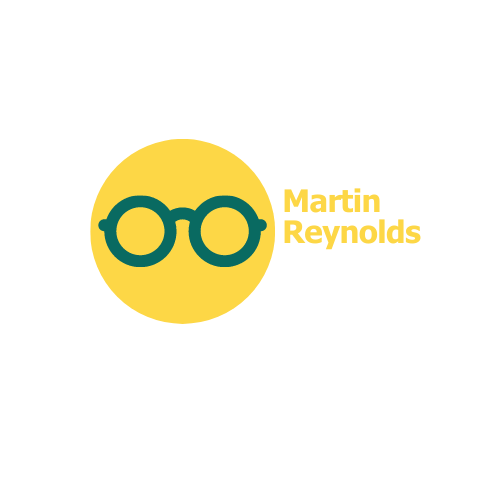All About Astigmatism: Causes, Symptoms, and Corrective Options
Astigmatism is a common refractive error that affects the way the eye focuses light. Unlike nearsightedness or farsightedness, which cause blurred vision at specific distances, astigmatism affects vision at all distances. This condition occurs when the cornea or lens of the eye has an irregular shape, resulting in multiple focal points instead of a single focal point. Understanding the causes, symptoms, and corrective options for astigmatism can help individuals manage this condition effectively.
Causes of Astigmatism:
1. Irregular Shape of the Cornea: The cornea is the transparent front surface of the eye. In a perfectly shaped cornea, the curvature is consistently round, allowing light to bend evenly. However, in individuals with astigmatism, the cornea is irregularly curved, resembling more of a football shape. This curvature variation causes light to focus on multiple points instead of a single point on the retina, resulting in blurred or distorted vision.
2. Changes in Lens Shape: Similar to the cornea, the lens of the eye may also have an irregular shape, leading to astigmatism. Although less common, variations in lens shape can occur due to factors such as genetics, injuries, or degenerative conditions.
Symptoms of Astigmatism:
1. Blurred Vision: The hallmark symptom of astigmatism is blurry vision. Individuals with astigmatism often experience difficulty focusing on both nearby and distant objects. The degree of blurriness can vary, depending on the severity of astigmatism.
2. Distorted or Warped Vision: In addition to blurred vision, astigmatism may cause images to appear distorted or warped. Straight lines might look wavy or bent, making it challenging to read or recognize objects accurately.
3. Eye Strain and Fatigue: Astigmatism can lead to eye strain or fatigue due to the constant effort required to focus. Individuals with astigmatism often complain of tired eyes, headaches, or discomfort after extended periods of reading or screen time.
Corrective Options for Astigmatism:
1. Eyeglasses: The most common and straightforward method of correcting astigmatism is through eyeglasses. Prescription glasses for astigmatism contain special lenses that compensate for the irregular corneal shape, allowing light to focus on a single point on the retina. By wearing these glasses consistently, individuals can achieve clear and sharp vision.
2. Contact Lenses: Contact lenses are another popular option for astigmatism correction. Toric contact lenses are designed specifically to accommodate the irregular curvature of the cornea, providing clear vision. These lenses come in various types, such as soft lenses, rigid gas-permeable lenses, or hybrid lenses. Consultation with an eye care professional is recommended to determine the most suitable contact lens type for individual needs.
3. Refractive Surgery: For individuals seeking a more permanent solution, refractive surgery may be an option. Depending on the severity of astigmatism, different surgical procedures can reshape the cornea, correcting its curvature. LASIK (Laser-Assisted In Situ Keratomileusis) and PRK (Photorefractive Keratectomy) are two commonly performed surgeries for astigmatism correction. However, it is essential to consult with an ophthalmologist to determine candidacy and understand the potential risks and benefits.
In conclusion, astigmatism is a refractive error caused by an irregular shape of the cornea or lens. Symptoms commonly include blurred or distorted vision, along with symptoms of eye strain. Luckily, several corrective options are available, including eyeglasses, contact lenses, and refractive surgery. By understanding the causes, symptoms, and available treatment options, individuals with astigmatism can effectively manage their vision and enjoy clear, focused sight. If you suspect you have astigmatism, consult with an eye care professional to undergo a comprehensive eye examination and determine the best course of action to meet your visual needs.
